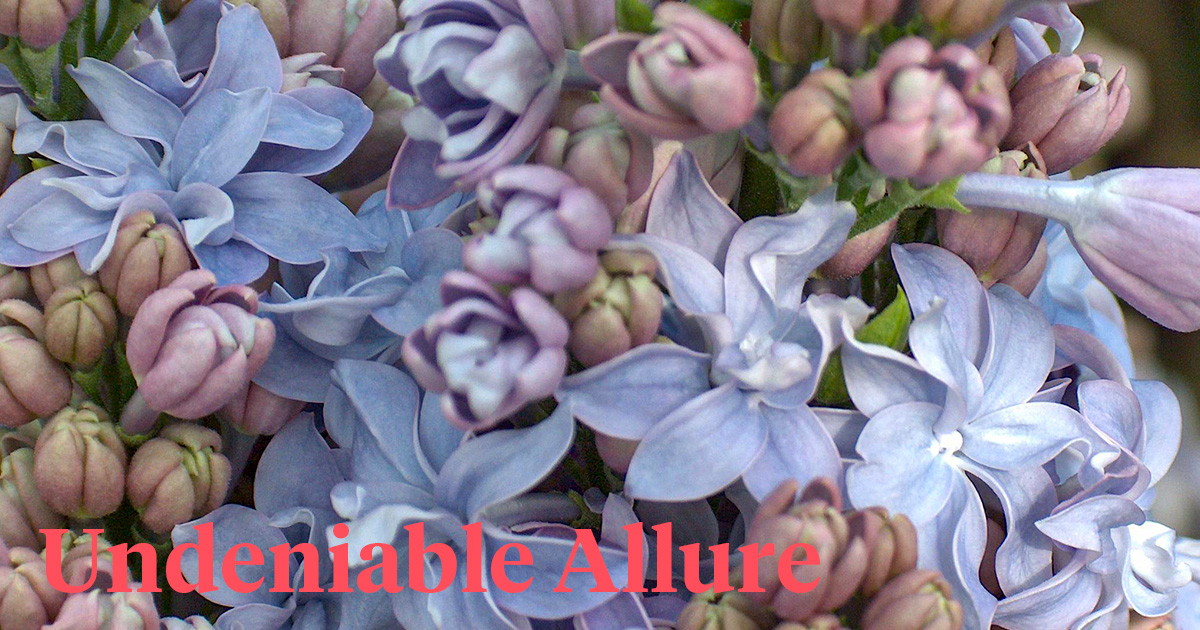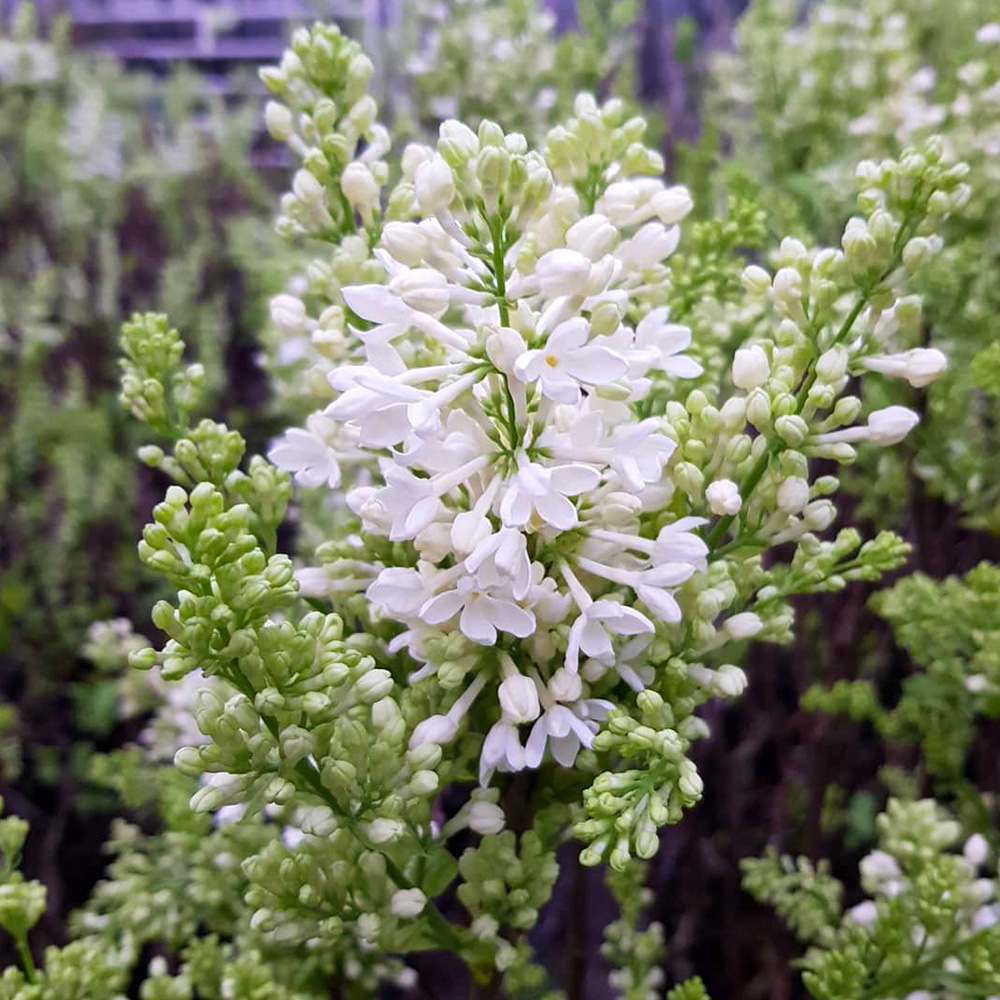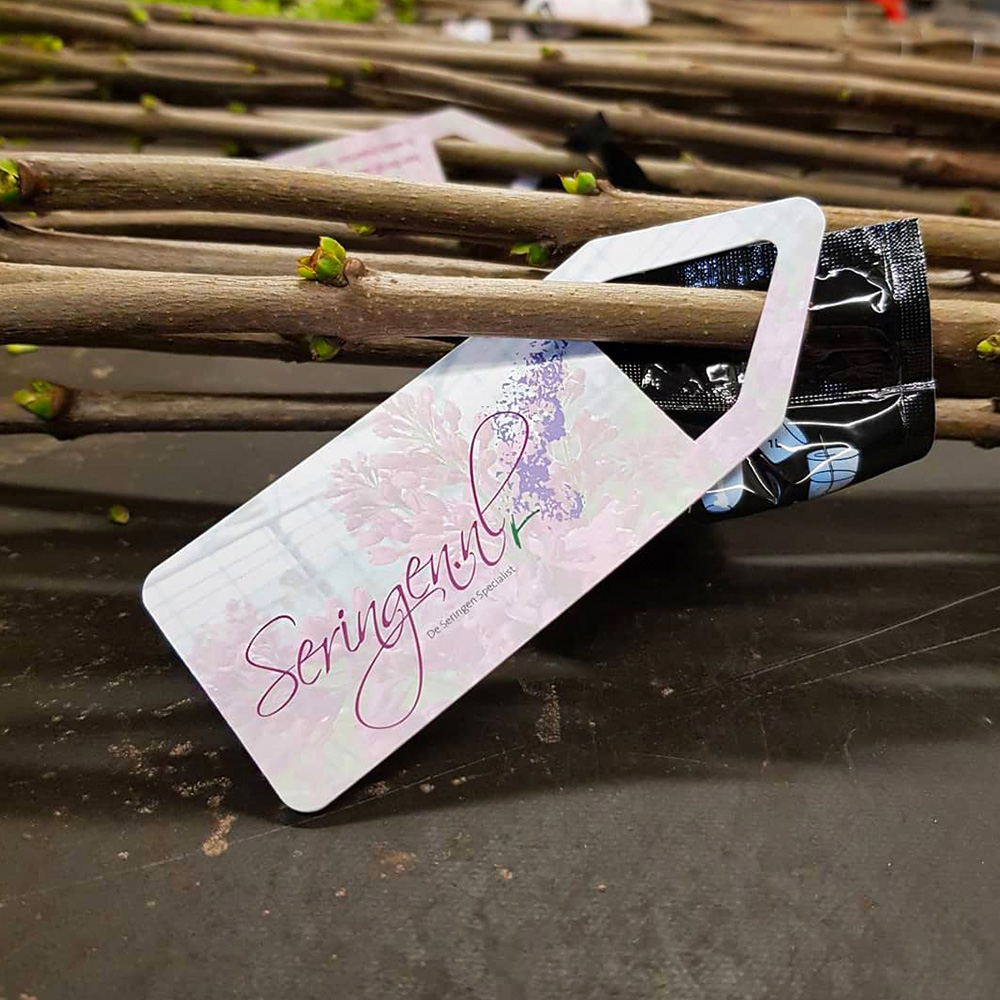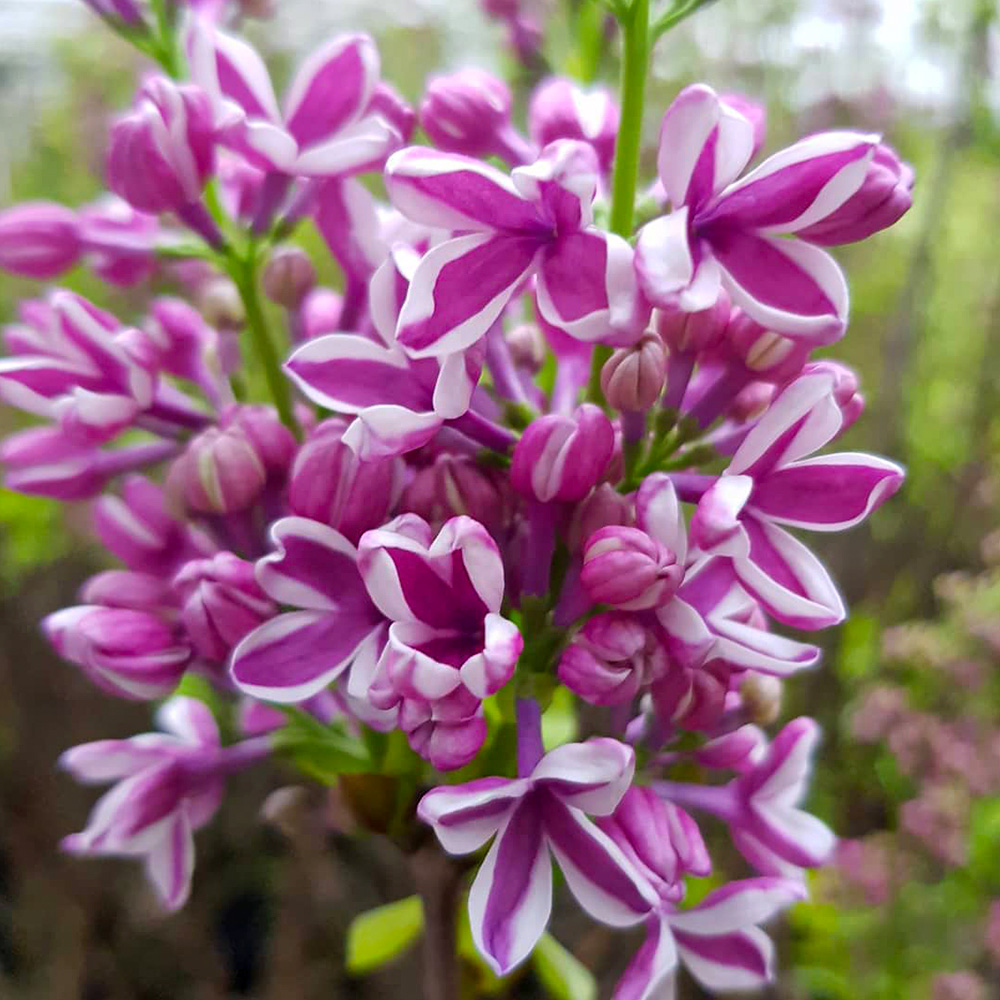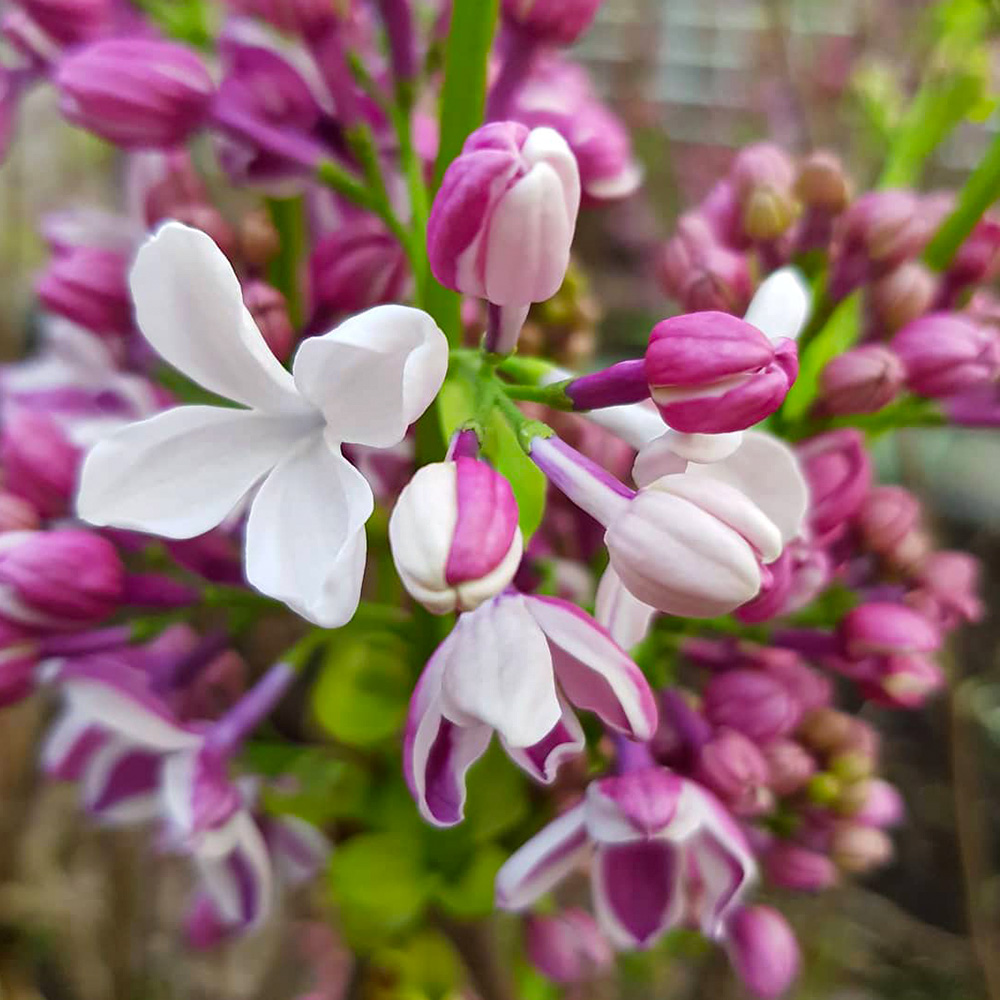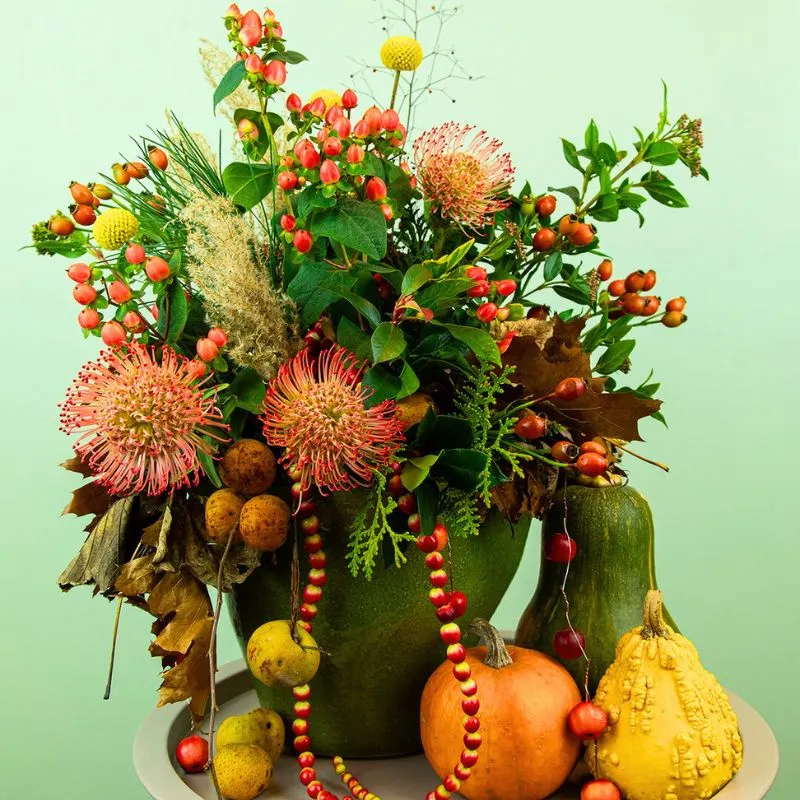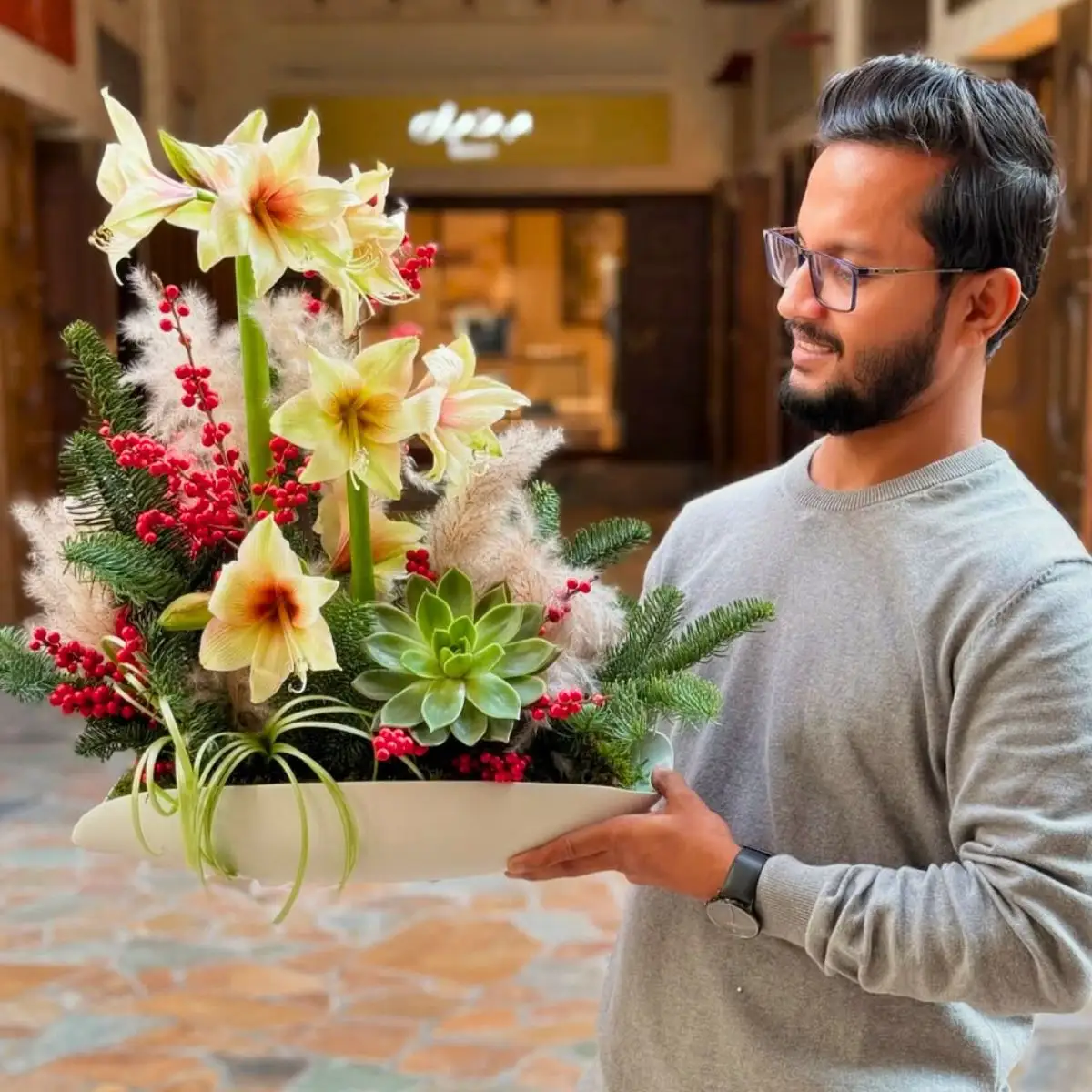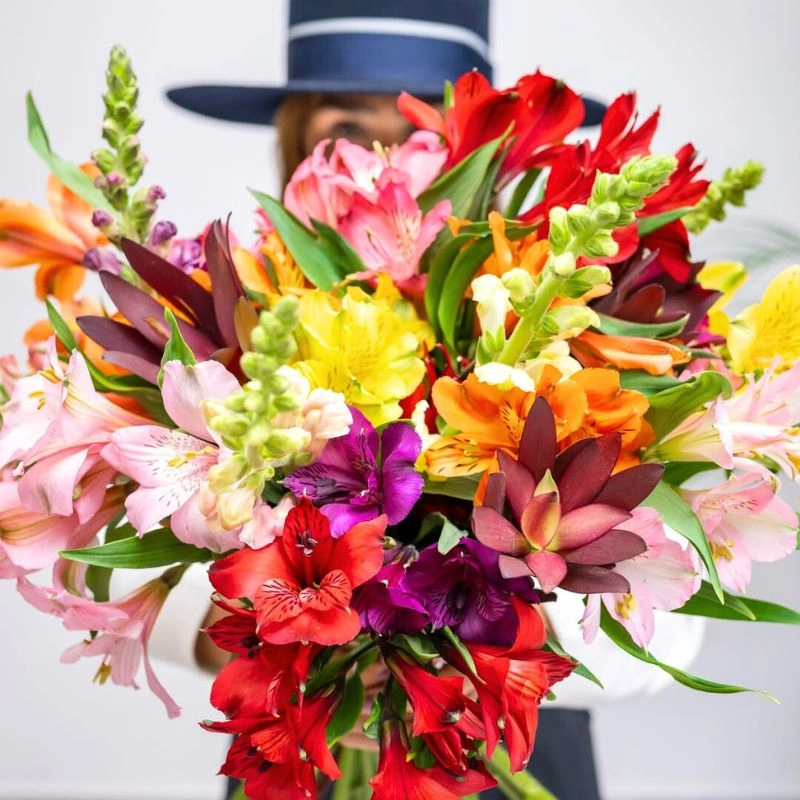January is the time when you can relish some of the world's most lovely flowers. Like there is the lilac, this sturdy romantic shrub with its nice fragrance. Did you know you can enjoy these flowers seemingly forever? How? Let's ask the specialists from Chrysal and Seringen.nl.
Lilac, a.k.a. Syringa; a Whiff of History
Although the end of November already marks the start of the lilacs season for the northern hemisphere, these fragrant flowers are a symbol of early spring, and their captivating blooms have been enchanting gardens and hearts for generations.
Syringa, as the lilac is also called, hails from the woodlands and scrublands of Southeastern Europe and Eastern Asia. Its name 'syringa', which has Greek origins, literally means 'pipe', a nod to its hollow branches. But don't be fooled by the name; these blooms aren't about to serenade you with a musical tune with a flute. Instead, they sing the sweet song of renewal and confidence.

The Palette of Syringa
One of the things that make syringa so special is its wide color spectrum. From deep, regal purples to the softest, purest whites, these blooms offer a kaleidoscope of options for florists and flower lovers alike. They're a cherished choice for bouquets and ornamental displays worldwide.
Now that we've all fallen head over heels for syringa, let's talk about how to care for this delightful flower at every stage of its journey from grower to consumer. You will see that it takes some effort to get the best results, and the reward is floral magnificence.
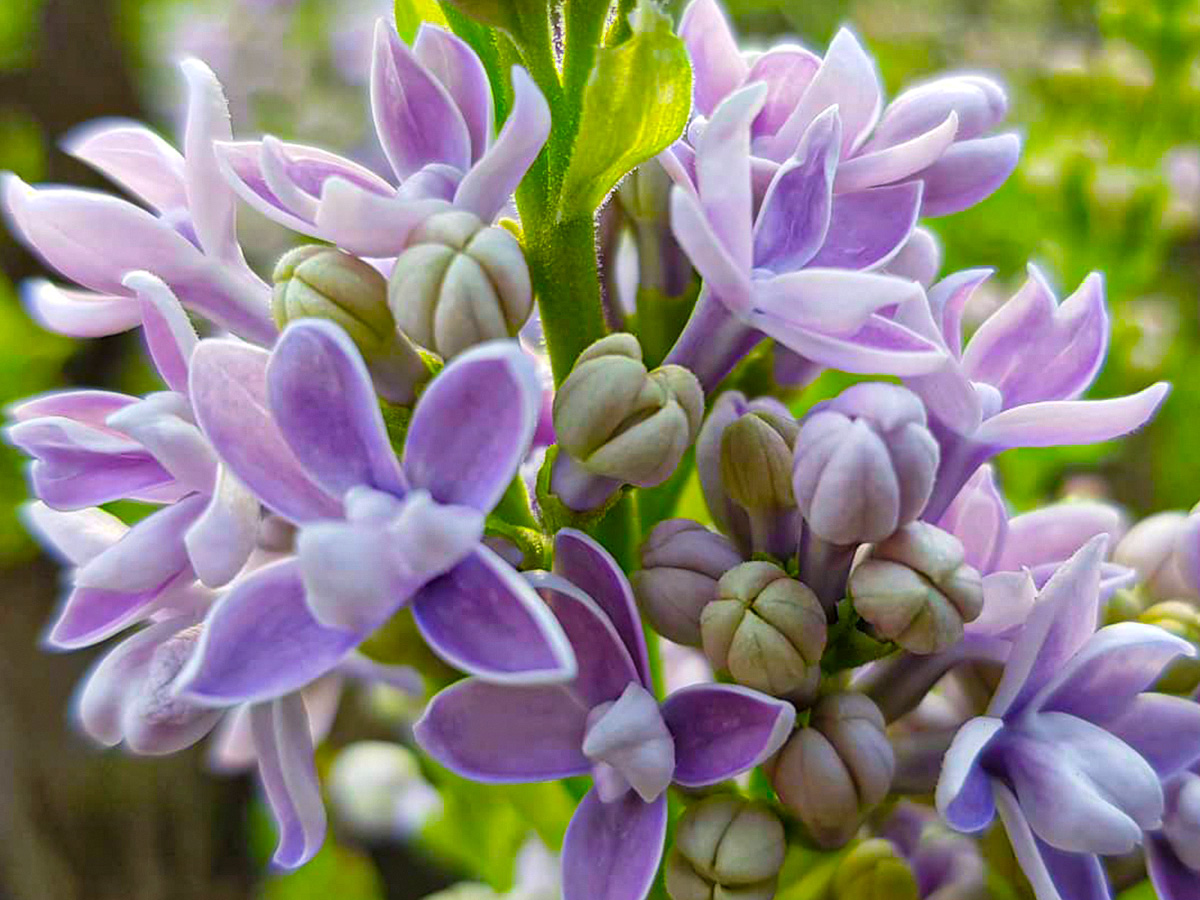
Syringa Care Tips From the Grower
Who better than the Syringa Specialist himself can explain all about how growers, florists, and consumers should treat lilacs for an optimal result? Jan ten Hoeve from Seringen.nl (a.k.a. Seringenspecialist) knows all the ins and outs. Jan has been growing this kind of flower for more than 35 years and is the owner of Seringen.nl since 2018.
Jan:
"Syringas are not the easiest of flowers to cultivate as a grower, because growing one stem of syringa takes about two years; first outdoor cultivation and the last stage - the flowering - inside a greenhouse.
Besides this, they are not the easiest flower to maintain as a florist or consumer. The difficulty lies in the fact that lilacs are basically garden shrubs, which means they are not especially grown as cut flowers. We want them as cut flowers in our floral arrangements because they are so wonderful and bring a unique beauty to any design.
If you only keep your lilacs in water, it is better to throw them in the trash immediately. It really needs some special treatment to reach its true potential. The syringa is a flower that must open completely. A flower such as a gerbera or rose is already - partially - open, but lilacs still have to do everything themselves."
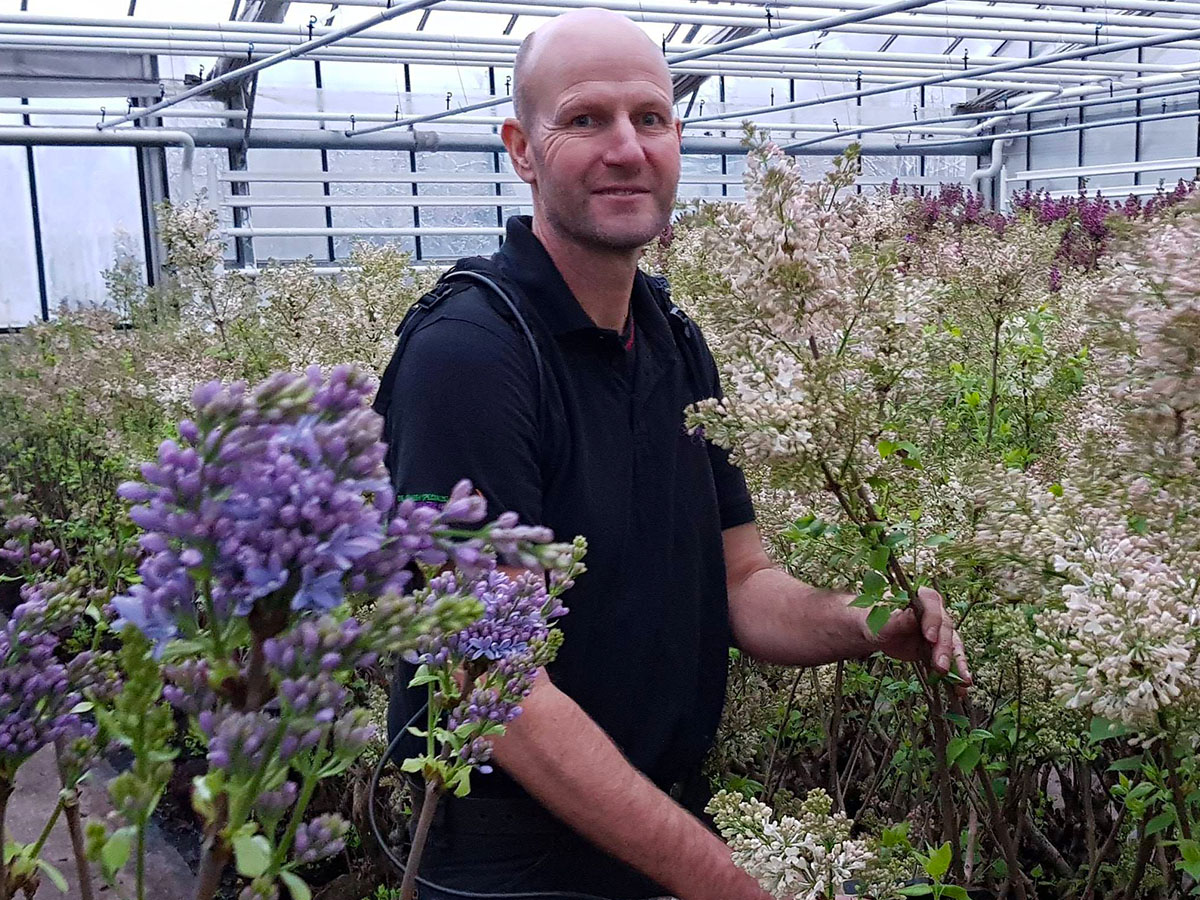
As mentioned, the season has already started. As spring approaches, the range becomes increasingly wider.
Jan:
"When the season starts and ends can differ, due to weather conditions. My season normally starts in late November. Mid-December I have enough production to start auctioning two varieties at the clocks of Royal FloraHolland, expanding to six varieties in January. When the weather allows, the syringa season can last until the last weeks of April."
This means there is almost half a year of syringas to be enjoyed, with continuous changes in the varieties and colors. Isn't that a good reason to go and check the availability right now?
Tips From Chrysal
If you're a syringa grower, like Jan ten Hoeve, you know that nurturing these beauties is both an art and a science. To help them reach their full potential, consider using Chrysal Grow 30. This magical potion is designed to optimize the overall health and growth of your lilac plants. Alternatively, you can opt for Chrysal Professional 2, which not only maintains stem health but also ensures efficient water and nutrient transport. These treatments are your secret weapons against stem blockages that can spell trouble for the longevity and vibrancy of your flowers.
Syringa Care Tips for Florists
For florists, keeping lilacs fresh and vibrant is a top priority. Use Chrysal Professional 2 as your trusty sidekick. Adding this solution to the water will work wonders and extend the vase life of your delicate syringa blooms. It's like a spa day for your flowers, providing the nutrients they need and optimizing that all-important pH balance. And here's a pro tip: make sure to send your customers home with some Chrysal Syringa flower food. It's a small but mighty step that will keep those blossoms looking fabulous after they leave your shop, creating a lasting impression.
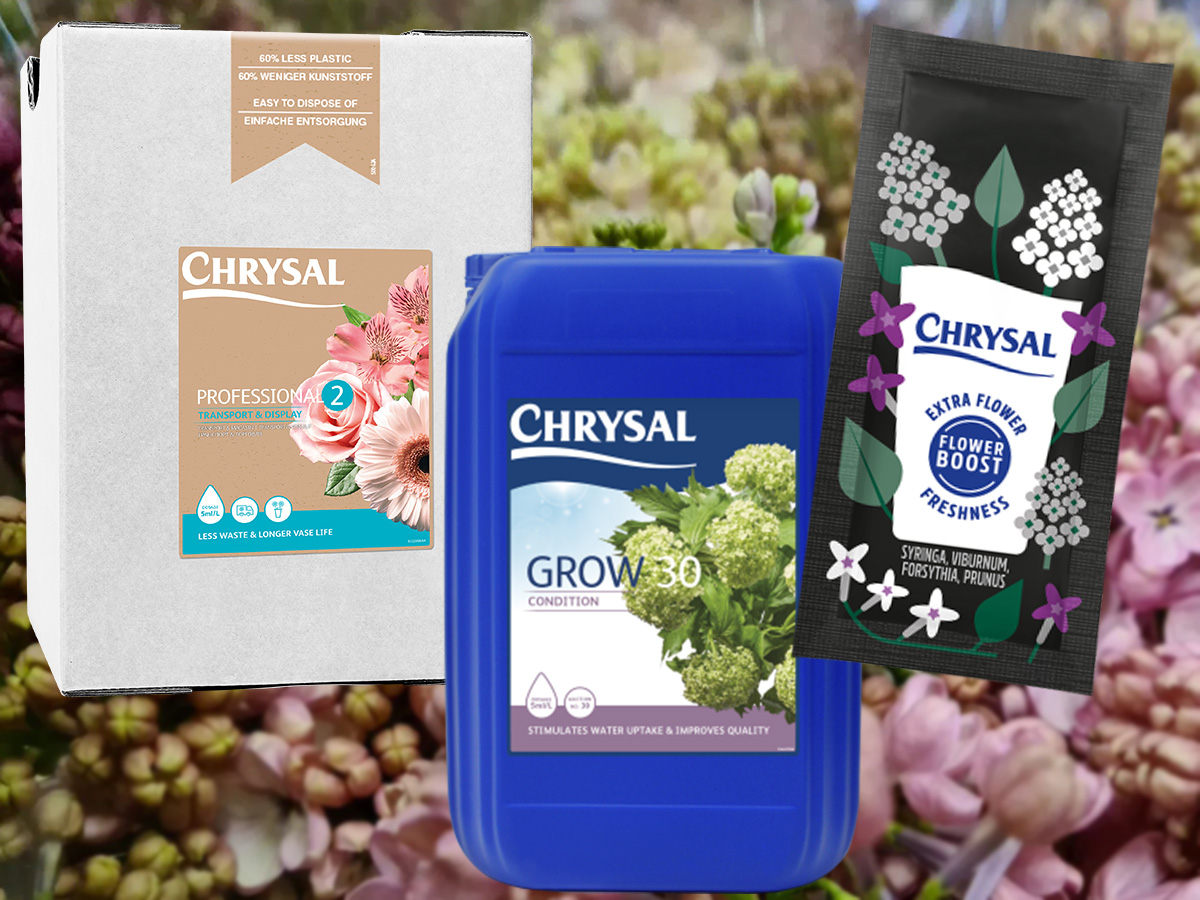
Syringa Care Tips for Consumers
So, you've brought a bundle of lilacs home, and you want to keep that beauty alive as long as possible. Here's the lowdown for consumers. Start by giving the stems a fresh diagonal cut before placing them in a vase filled with water mixed with Chrysal Syringa flower food. This special powder is tailor-made to meet the unique needs of syringa, ensuring they stay fresh and fragrant. Regular water changes, placement away from direct sunlight and drafts, and a cool spot for your blooms will further enhance their lifespan and beauty.
Watch this 1-minute video by Seringen Specialist to be sure you do everything right:
Undeniable Allure
The allure of syringa is undeniable, and with the right care at every step, from the grower's hands to your vase at home, its enchanting presence can be maximized. So, whether you're a grower, a florist, or simply someone who appreciates the delicate beauty of lilacs, embrace these care tips to ensure a long-lasting love affair with this exquisite flower. Happy blooming!
Photos by @De Seringen Specialist "Syringa - Lilacs".

